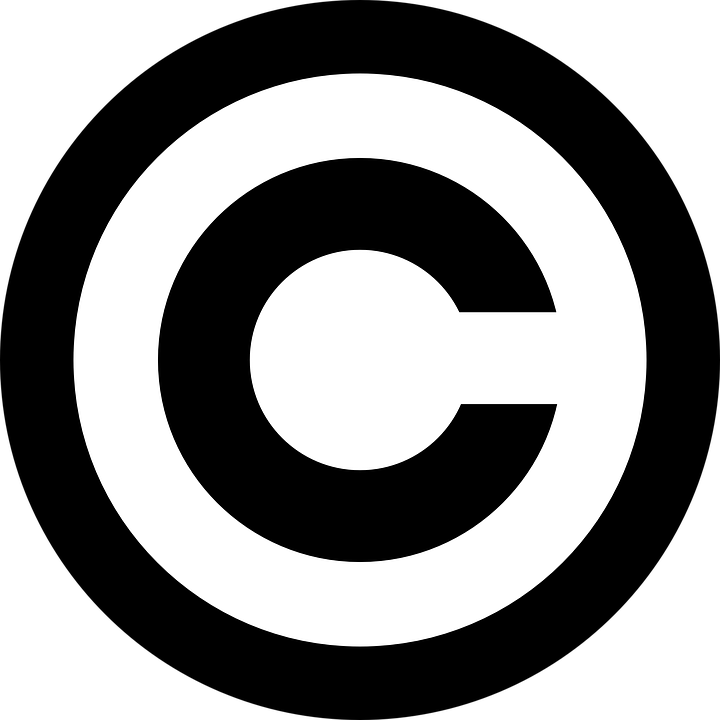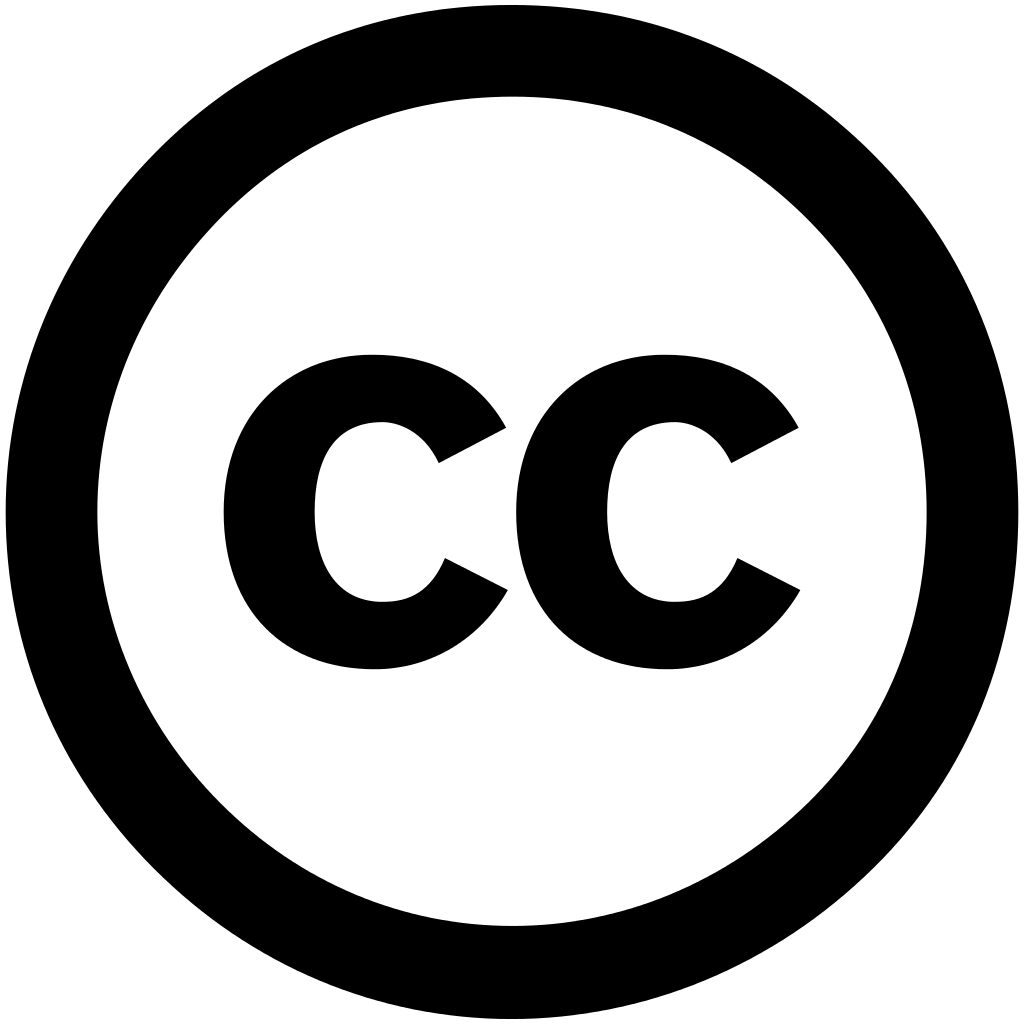3.6 Guidelines for Using Information
Guidelines for Using Information
In today’s digital age, with information seemingly at our fingertips, it’s important to understand some of the guidelines and restrictions that affect how we use that information. This is another important part of using sources correctly and avoiding plagiarism.
 Copyright
Copyright
Copyright is a legal term that refers to the person (or people) who own and distribute a piece of information. The copyright holder has rights to that material, and if others use the material without getting permission first, they may violate the copyright.
What’s the most important thing you need to know about copyright? Simple: If something is copyrighted, you can’t use it without getting permission; this may involve paying for permission.
- If you’re a college student, your college librarians can help you navigate copyright issues. They may also be able to get you copyrighted material through Interlibrary Loan.
- As a college student or faculty member, you may be able to access copyrighted material through the practice of “fair use” (below).
- You might find copyrighted materials in your college library.
- You may be able to find similar materials in Open Educational Resources (OERs). (Like the one you’re reading now!)
Otherwise, the US Copyright Office (www.copyright.gov) is your go-to location for everything you need to know about copyright.
 Fair Use for Academic Purposes
Fair Use for Academic Purposes
The concept of fair use allows students and teachers to use small amounts of copyrighted materials for a short-term, limited purpose—particularly for study, teaching, or research.
In general, the following should be true if you claim fair use to work with copyrighted materials:
- You will use them for a limited purpose. For example, you’ll use them to complete an assignment and then return or release them. Specifically, you won’t retain the material to use at a later date.
- You will not post them on the Web, make them available publicly, or share them with anyone else.
- You will not make permanent copies of the material.
- You will only use a small portion of the “whole” material. For example, using two or three chapters of a twenty-chapter book is a fine example of fair use; using twenty-four of twenty-five chapters without paying for them would not be considered fair use.
- You will not benefit monetarily from the material.
 Creative Commons
Creative Commons
Creative Commons (creativecommons.org) is a not-for-profit organization that collects all sorts of materials and makes them available to the public for free use.
When a user creates a piece of content (writing, art, photography, or just about anything), they may choose to put a Creative Commons license on the material. The license explains how people share, remix, repurpose, or in other ways use the material.
As a student, the Creative Commons has made a world of materials available to you. If you use any of the materials in your work, you should include the Creative Commons in your source citation.
Open Educational Resources
Open Educational Resources are teaching and learning materials that are available for free use by students and teachers everywhere. The move toward OERs has taken off recently, both to take advantage of the Internet and digital publishing and also to help control the skyrocketing cost of textbooks. Open resources are easy to access and use and are continually updated and revised. You’re reading one right now!
Wiki Sources
A wiki is a website that functions as a public, open encyclopedia or collection of information. The best-known of these is Wikipedia. Wiki sources typically can be created and edited by anyone. The best part of wikis is their openness, along with the fact that people collaborate to create them. The worst part is that wikis can be created and edited by anyone, including people who have no business doing so or, even worse, who intentionally enter false or defamatory information.
Because wikis are often created by people who don’t meet the academic definition of “expert,” instructors tend to discourage them as academic resources. That said, they can be good places to begin screening ideas and getting general information.
Reverse Image Search
Sometimes we find useful images online and wish to use them in our work, only to find we have no idea where they came from. You can now do a reverse image search to try and find the owner or creator of images on the Web.
One of the best of these is TinEye (www.tineye.com). Upload a copy of the image in question, and the TinEye engine will search for the original or oldest-known occurrence of the image. Google also has a reverse image search, and others are appearing on the Web as this is written.
Attribution
The Word on College Reading and Writing Copyright © by Carol Burnell, Jaime Wood, Monique Babin, Susan Pesznecker, and Nicole Rosevear is licensed under a Creative Commons Attribution-NonCommercial 4.0 International License, except where otherwise noted.
This chapter has additions, edits, and organization by James Charles Devlin.

